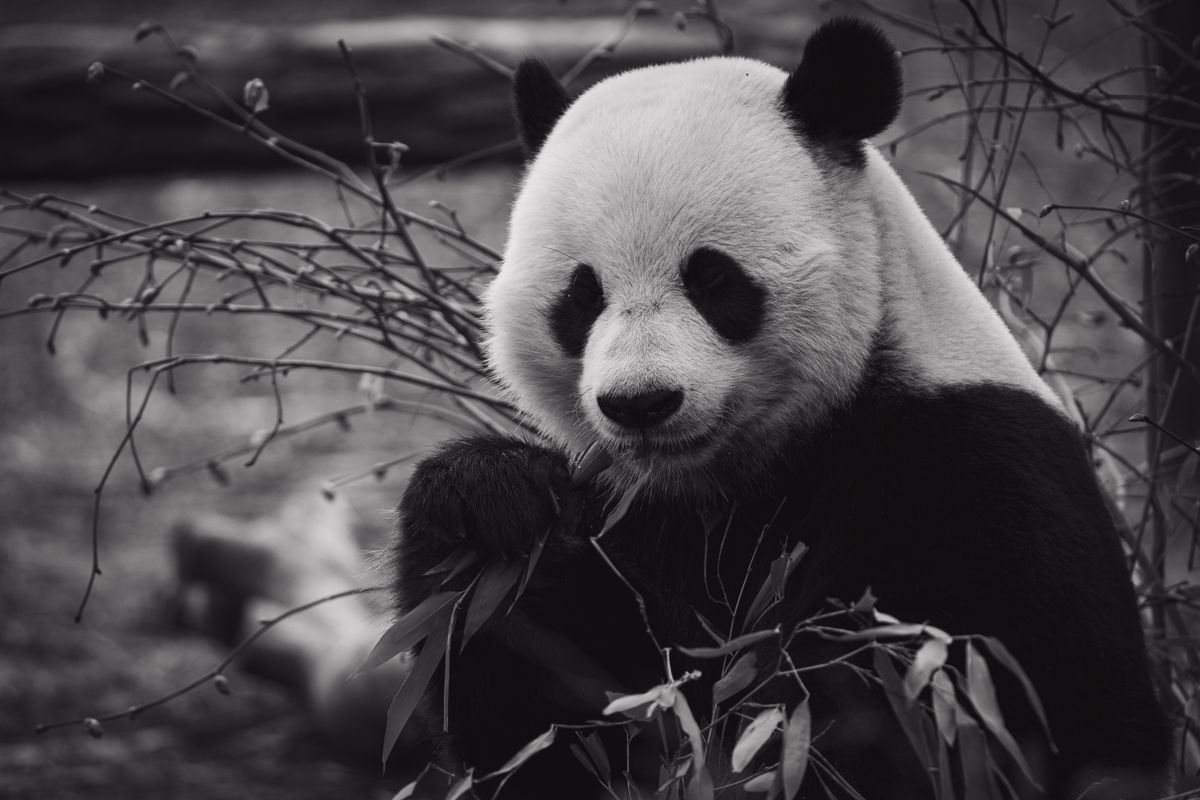2,000-year-old giant panda skeleton discovered in ancient tomb
Chinese archaeologists just made a major discovery – they found a complete giant panda skeleton inside the tomb of an ancient Han dynasty emperor that dates back over 2,000 years.

A few minutes every morning is all you need.
Stay up to date on the world's Headlines and Human Stories. It's fun, it's factual, it's fluff-free.
The backstory: Giant pandas are revered symbols in Chinese culture. In fact, nearly every giant panda in the world really belongs to China and is considered “on loan” to other countries. Well, in the 20th century, they started catching global attention. But, things weren't looking great for the species. Habitat loss and poaching pushed these black-and-white creatures to the brink of extinction. China stepped up by creating the first-ever panda reserves in the 1960s.
In the 1970s, China made headline-making "panda diplomacy" moves, gifting pandas like Ling-Ling and Hsing-Hsing to the US as a goodwill gesture. With ongoing conservation efforts and international cooperation, the giant panda population has been showing signs of improvement. Giant pandas were re-classified as "vulnerable" instead of "endangered" in 2021.
The development: Chinese archaeologists just made a major discovery – they found a complete giant panda skeleton inside the tomb of an ancient Han dynasty emperor that dates back over 2,000 years. The discovery suggests that the panda may have been ritually sacrificed to accompany Emperor Wen of Han, who reigned from 180 to 157 BC, into the afterlife following his death.
This skeleton was found in the tomb in China’s Shaanxi province, which used to be the capital of China. The panda remains were in a satellite pit right next to the tomb, facing it. It's a groundbreaking find that sheds light on ancient Chinese burial practices. They’ve previously found a giant panda skull in Wen’s tomb, but this is the first time they’ve found a complete skeleton.
The Shaanxi royal tombs have also revealed other wild animals, like an Asian tapir, tigers, yaks, a red-crowned crane, a peacock, a snub-nosed monkey and a tortoise, all buried alongside Emperor Wen and his mother, Consort Bo. Researchers think these rare and wild animals were reserved for the tombs of emperors, empresses and the emperor's mother, implying their importance in ceremonial contexts. They also say these creatures might have been offerings from southern China.
Key comments:
"Based on the discovered panda skeletal remains, the panda should belong to the Qinling subspecies," said Hu Songmei, a researcher at the Shaanxi Academy of Archaeology, to the cover.cn.
"Based on the current number of subsidiary pits and the identified animal species, it still appears to be a royal garden feature, rather than being specifically buried with giant pandas due to personal preference," said Cao Long, a researcher at the Shaanxi Academy of Archaeology.
“Pandas are very much associated with China in the American mind, and they are, of course, adorable,” said Kurt Tong, a former US consul general to Hong Kong and Macau and now a partner at the Asia Group to SCMP last year. “This makes them a potent and positive symbol of China, which the PRC uses for soft-power diplomacy. Holding an event about pandas now is a way for the Chinese embassy to say ‘We want to see happier days,’ despite all the tension between the capitals and America’s concern about China’s impact.”




Comments ()